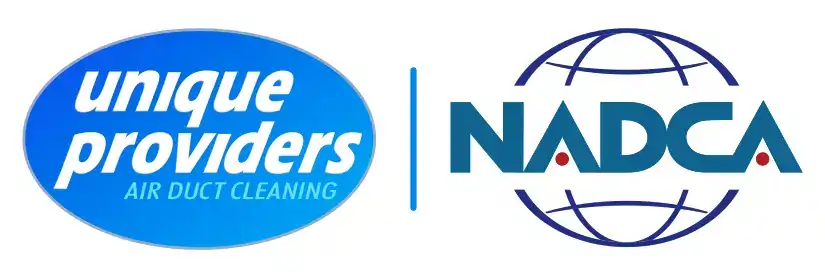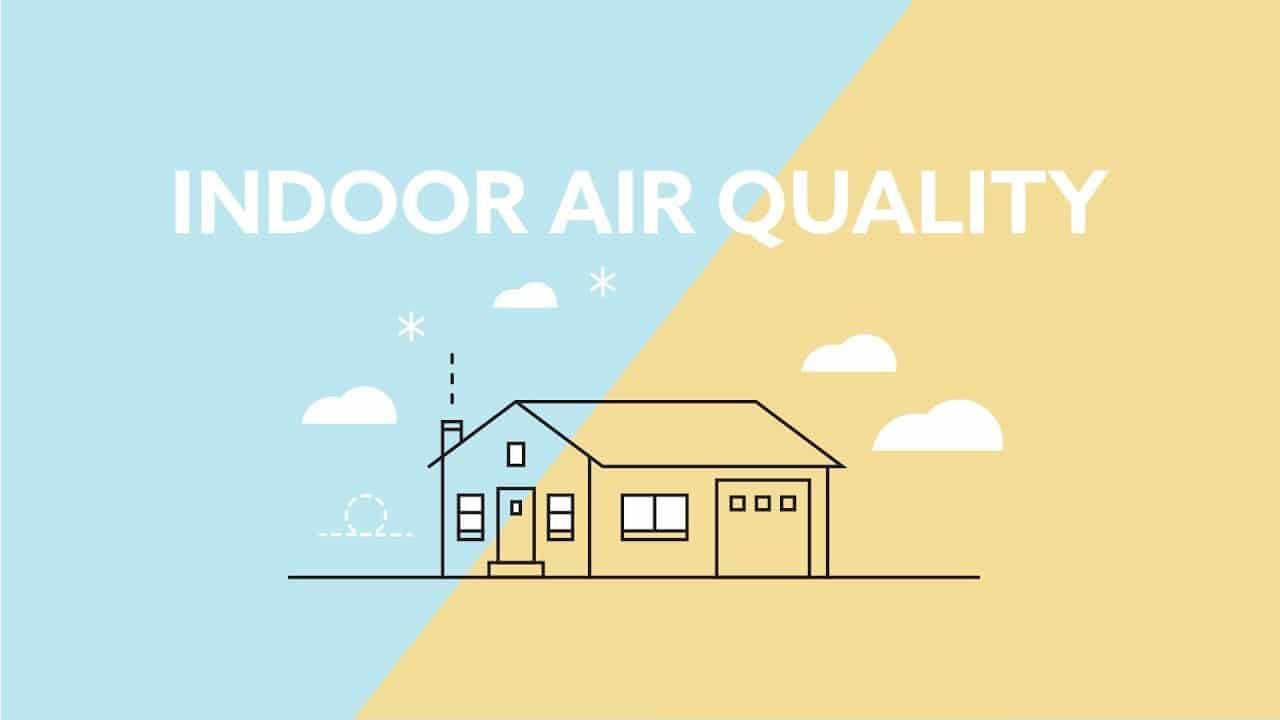In recent years, there has been a growing awareness of the importance of indoor air quality (IAQ) and its impact on health and well-being. As we look ahead to 2025, advancements in technology and a heightened focus on sustainability are shaping the future of home air quality. In this blog post, we’ll explore some of the emerging trends and innovations that are set to revolutionize the way we think about and manage air quality in our homes.
1. Smart Air Quality Monitoring Devices
In the age of smart homes, technology is playing a pivotal role in monitoring and improving indoor air quality. Smart air quality monitoring devices, equipped with sensors and connectivity features, provide real-time data on various air pollutants such as particulate matter, volatile organic compounds (VOCs), and carbon dioxide levels. These devices enable homeowners to track air quality metrics remotely and take proactive measures to maintain a healthy indoor environment.
2. Integrated HVAC Systems with Air Purification
As homeowners seek comprehensive solutions for indoor air quality management, integrated heating, ventilation, and air conditioning (HVAC) systems with built-in air purification capabilities are gaining popularity. These advanced HVAC systems utilize high-efficiency filters, UV-C light technology, and other purification methods to remove airborne contaminants and allergens, ensuring clean and fresh air throughout the home.
3. Sustainable Building Materials and Design
Incorporating sustainable building materials and design principles is another key trend shaping the future of home air quality. Green building practices prioritize materials that are low in volatile organic compounds (VOCs) and other harmful emissions, reducing indoor air pollution and promoting healthier living spaces. From eco-friendly flooring options to low-emission paints and sealants, sustainable design choices contribute to better indoor air quality and environmental sustainability.
4. Indoor Air Quality Certification Programs
As awareness of indoor air quality continues to grow, certification programs and standards for IAQ are becoming increasingly important. Homeowners are seeking assurance that their living spaces meet stringent air quality criteria, leading to the emergence of certification programs such as the Indoor Air Quality Association (IAQA) Indoor Air Quality Certification. These programs provide guidelines and best practices for achieving and maintaining optimal indoor air quality, empowering homeowners to make informed decisions about their living environments.
5. Personalized Air Quality Solutions
Recognizing that air quality preferences vary from household to household, personalized air quality solutions are on the rise. From customizable air purification systems to tailored IAQ consulting services, homeowners have access to a range of options that cater to their specific needs and preferences. Whether addressing allergies, asthma, or general air quality concerns, personalized solutions empower homeowners to create healthier and more comfortable living spaces for themselves and their families.
Conclusion
As we look ahead to 2025, the future of home air quality is bright with innovation and possibility. From smart monitoring devices and integrated HVAC systems to sustainable building practices and personalized solutions, advancements in technology and a growing emphasis on health and sustainability are driving positive change in the way we approach indoor air quality management. By staying informed and embracing these emerging trends, homeowners can create healthier, more comfortable, and more sustainable living environments for years to come.




